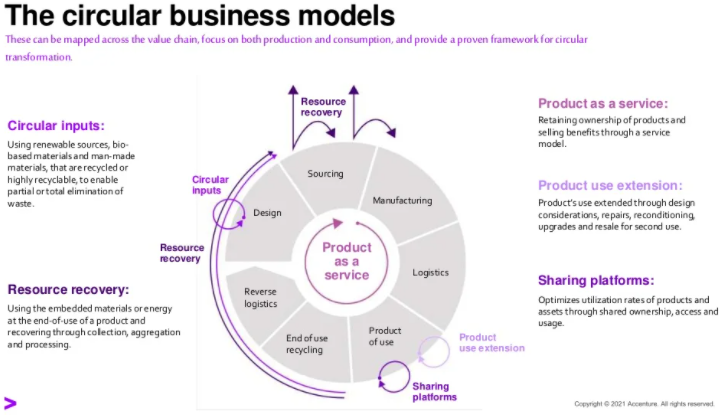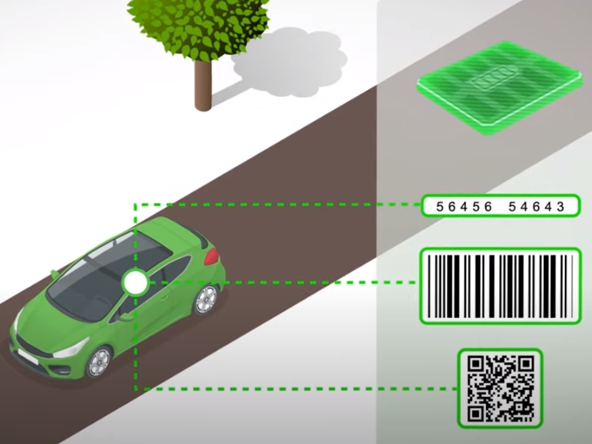Founded at the World Economic Forum in 2017, the Global Battery Alliance is prepping a “battery passport” for electric vehicles that includes a digital ID framework to track their performance, as well as greenhouse gas footprints for ESG purposes.
“The principal goal behind the Global Battery Alliance Greenhouse Gas Rulebook is to provide guidance to facilitate the calculation of comparable greenhouse gas footprints of lithium-ion batteries for electric vehicles by users of the Battery Passport” — Global Battery Alliance, Greenhouse Gas Rulebook, October 2022
“The Battery Passport will both certify compliance with greenhouse gas emission legal and societal expectations and clearly differentiate more valuable batteries in the market based on their sourcing impact and performance” — Global Battery Alliance, Greenhouse Gas Rulebook, October 2022
In October 2022, the Global Battery Alliance (GBA) launched its Greenhouse Gas Rulebook highlighting its battery passport and platform for “calculating and tracking the greenhouse gas footprint of lithium-ion batteries in electric vehicles and other applications.”
The all-encompassing battery passport ecosystem will consist of:
- A global reporting framework to govern rules around measurement, auditing, and reporting of ESG parameters across the battery value chain.
- A digital ID for batteries containing data and descriptions about the ESG performance, manufacturing history, and provenance as well as advancing battery life extension and enabling recycling.
- Harmonizing of digital systems collaborating across the value chain to report data into the battery passport.
- A digital platform that will collect, exchange, collate and report data among all authorized lifecycle stakeholders to advance a sustainable value chain for electric vehicle (EV) and stationary batteries. It will transparently report progress toward global goals along the battery value chain to inform policy-making for governments, the civil society and develop performance benchmarks.
- A quality seal for batteries (based on the data reported into the platform) to facilitate responsible purchasing by consumers.
“The GBA envisions a global solution to provide transparency, accountability, and circularity in the battery value chain: the Battery Passport,” the rulebook states.
“The Battery Passport will both certify compliance with greenhouse gas [GHG] emission legal and societal expectations and clearly differentiate more valuable batteries in the market based on their sourcing impact and performance.”
“Each Battery Passport will be a digital twin of its physical battery enabled by the digital Battery Passport platform, which offers a global solution for securely sharing information and data” — WEF & Global Battery Alliance, Briefing Paper, November 2020

“The Battery Passport is a digital representation of a battery that conveys information about all applicable ESG and lifecycle requirements” — WEF & Global Battery Alliance, Briefing Paper, November 2020
According to a November 2020 briefing paper published by the GBA and WEF, “The Battery Passport is a digital representation of a battery that conveys information about all applicable ESG and lifecycle requirements.”
While the October 2022 edition of the rulebook focuses “on the GHG footprint of the manufacturing stage (cradle-to-gate),” the GBA says that a future edition “might” include Lithium Ion Battery (LIB) use cases once people begin taking them on the road.
“As the use cases for LIB can be even different for the same battery product (location of use, mileage, lifetime, consumption of a vehicle, etc.), a comparison of GHG emissions from the manufacturing between batteries would be limited,” the rulebook states.
“That said, the use phase might be covered in a future version of the rulebook to provide a set of rules that allow for a consistent and homogenous comparison of LIB use in electric vehicles.”
“End-to-end trade digitalization requires a global approach to digital identities of natural and legal persons as well as of physical and digital objects” — World Economic Forum & World Trade Organization, The Promise of TradeTech, 2022

“The increasing number of digital identity systems for companies and objects contribute to transparency and predictability of and trust in supply chains” — World Economic Forum & World Trade Organization, The Promise of TradeTech, 2022
Championing the push to assign digital IDs to both physical objects and legal persons are the unelected globalists the World Economic Forum and the World Trade Organization (WTO).
On April 12, 2022, the WEF and WTO published a report “encouraging the development of a global certification framework” for digital identity systems of persons and objects.
According to the report, “The Promise of TradeTech: Policy Approaches to Harness Trade Digitalization”:
“The increasing number of digital identity systems for companies and objects contribute to transparency and predictability of and trust in supply chains.”
The report goes on to say that “Traceability can also help to monitor the lifecycle of a product with a view to reducing fraud and theft or to assessing its contribution to a global circular economy.”
“The GBA envisions a global solution to provide transparency, accountability, and circularity in the battery value chain: the Battery Passport” — Global Battery Alliance, Greenhouse Gas Rulebook, October 2022

“Circular economy for batteries: Developing the circular and low-carbon value chain that is required to unlock the capacity of batteries to contribute to the realization of the 2015 Paris climate agreement” — World Economic Forum & Global Battery Alliance, GBA Overview 2019
The unelected globalists at the WEF and other organizations are nudging public and private entities towards a global circular economy in order to help achieve their net-zero agendas.
The circular economy promises to bolster sustainability by abandoning the linear value model of “take, make, waste” and adopting a circular model of “take, make; take make,” according to Accenture.

With the circular economy, there is a heavy emphasis on recycling and reusing materials instead of using them once and throwing them away.
However, the circular economy’s Product as a Service business model is one in which businesses maintain ownership of the products that they only rent out as a service.
“In circular economy business models, I would like products to come back to me as the original designer and manufacturer […] Why would I actually sell you the product if you are primarily interested in the benefit of the product?” — Frans Van Houten, WEF, 2016
“Maybe I can stay the owner of the product and just sell you the benefit as a service” — Frans Van Houten, WEF, 2016
According to a recent WEF Agenda blog post, “Product-as-a-Service (PaaS) offers a shift away from selling assets toward charging customers, on their terms, for the use of products.
“Consumers, which include public authorities, do not purchase the products — only the services they provide.”
This is the business model behind the phrase “You’ll own nothing, and you’ll be happy.”
“Everything you considered a product, has now become a service” — Ida Auken, “Welcome To 2030: I Own Nothing, Have No Privacy And Life Has Never Been Better,” 2016

As WEF Young Global Leader and Danish MP Ida Auken wrote in 2016:
“Welcome to the year 2030. Welcome to my city – or should I say, ‘our city.’ I don’t own anything. I don’t own a car. I don’t own a house. I don’t own any appliances or any clothes.”
“Everything you considered a product, has now become a service,” she added, while giving thanks to “the breakthrough of the circular economy.”
Surveillance and data sharing tools like digital ID, battery passports, and individual carbon footprint trackers, along with ESG scoring can be used to measure, monitor, incentivize, and/or coerce compliance with net-zero agendas in a global circular economy.
These types of tools and methodologies are also part of the unelected globalists’ agenda for a great reset of society and the global economy, powered by the so-called fourth industrial revolution.












